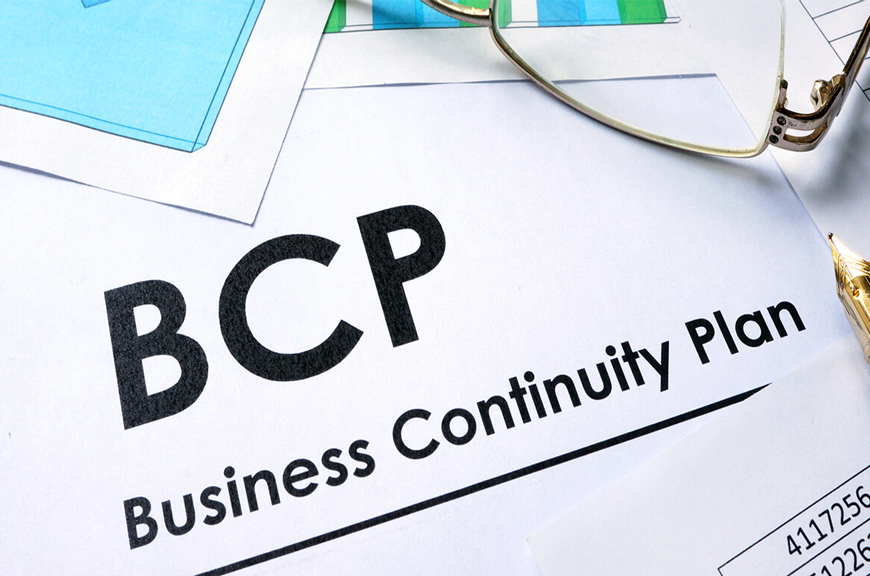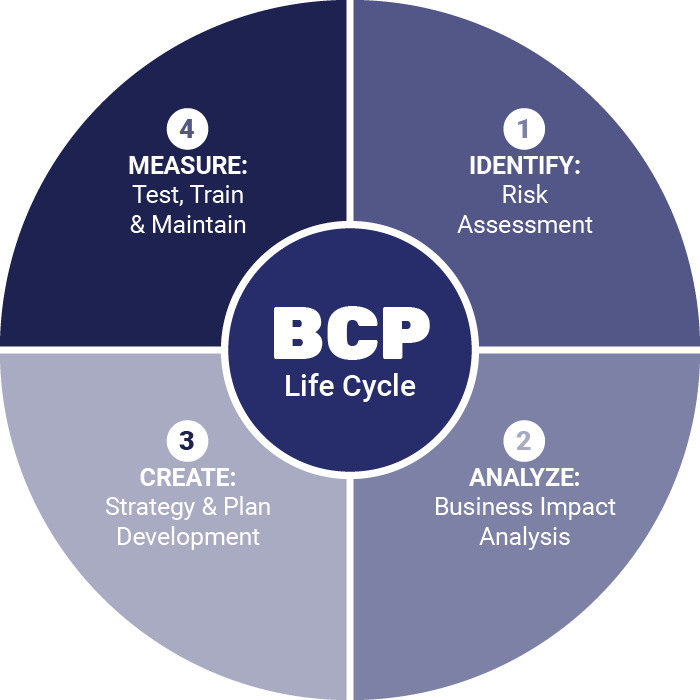Have Any Questions?
+30 2104441059
Location
Mesolongiou 4-6, 151 22 Amarousion Greece
Working Hours
Mon - Fri: 10.00 - 18.00
+30 2104441059
Mesolongiou 4-6, 151 22 Amarousion Greece
Mon - Fri: 10.00 - 18.00

According to the standard ISO 22316 “Societal security – Organizational resilience – Principles and Guidelines” as resilience of an organization is defined its ability on the one hand to prevent and respond to risks associated with its smooth operation, on the other hand to adapt to constantly changing conditions and operate within a complex and uncertain business environment. LOGAS P.H.P. GROUP can provide full crisis management and business continuity services such as it indicates below.
A Business Continuity Planning for recovery from a disaster, aims to:
Critical decisions made during the stress of a crisis have a high risk of being wrong, ineffective, and costly.
Business Continuity Planning has three complementary features:
1. Risk reduction – the management of risks to prevent a disaster. This is done by identifying and assessing the risks faced by a Department at their premises which could result in a disaster;
2. Emergency Plan – crisis management of the incident when it occurs (Incident Control) to prevent it from developing into a disaster, and to lessen its impact. The priority is to evacuate staff and others when this is necessary, but essential or valuable information and objects can often be rescued without risk to personal safety
3. Business Continuity Plan – a Plan for the fast, efficient resumption of essential business operations by directing the recovery actions of specified recovery teams. The three elements to consider are the continuity of:
Business continuity is important for organizations of any size, but it might not be practical for any but the largest enterprises to maintain all functions for the duration of a disaster. According to many experts, the first step in business continuity planning is deciding what functions are essential and allocating the available budget accordingly.
Many businesses have faced disasters or unplanned events and have come to realize their company’s Business Continuity Plan (BCP) and Disaster Recovery (DR) are not as effective as they need. And as it shows below:

The output of the business continuity (BC) strategy phase would generally include a strategy for mitigation, (crisis) response, and recovery.
Mesologgiou 4-6, Amarousion Greece
+30 6934676843
info@logasphpgroup.com